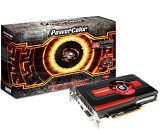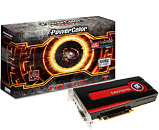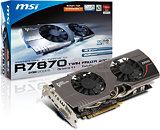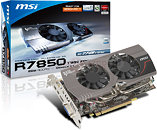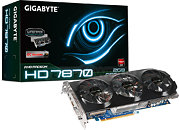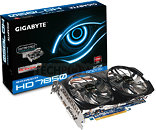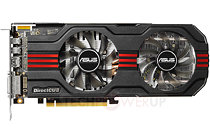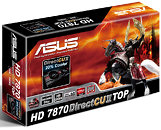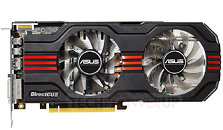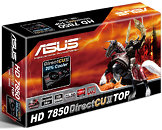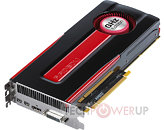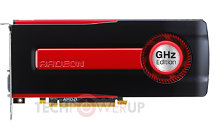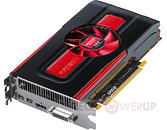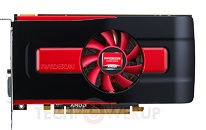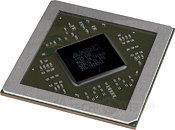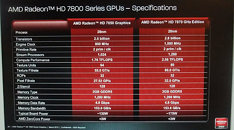
PowerColor Launches a Trio of Radeon HD 7800 Series Graphics Cards
PowerColor joined the Radeon HD 7800 series launch party, with a trio of new graphics cards, two of which stick to AMD's reference designs, while the third is a new non-reference PCS+ model based on the Radeon HD 7870. The first card (below), is a reference design Radeon HD 7850 graphics card by PowerColor, which also sticks to reference clock speeds of 860 MHz core and 1200 MHz (4.80 GHz effective) memory. The second card is a reference-design Radeon HD 7870, which also carries with it AMD reference clock speeds of 1000 MHz core, and 1200 MHz (4.80 GHz effective) memory.
The third and most fascinating of the three is the HD 7870 PCS+, which uses a reference-design PCB, but augmented with a single-fan PCS+ cooler. This cooler uses a dense aluminum fin array, to which heat is conveyed by five heat pipes. It is ventilated by a single 80 mm fan. As a PCS+ variant, the card features 5-10% factory-overclocked speeds. One will also notice that PowerColor made use of the second DVI connector on the PCB. Expect a small premium for this card over AMD's target pricing of US $349.99 for the HD 7870.
The third and most fascinating of the three is the HD 7870 PCS+, which uses a reference-design PCB, but augmented with a single-fan PCS+ cooler. This cooler uses a dense aluminum fin array, to which heat is conveyed by five heat pipes. It is ventilated by a single 80 mm fan. As a PCS+ variant, the card features 5-10% factory-overclocked speeds. One will also notice that PowerColor made use of the second DVI connector on the PCB. Expect a small premium for this card over AMD's target pricing of US $349.99 for the HD 7870.
